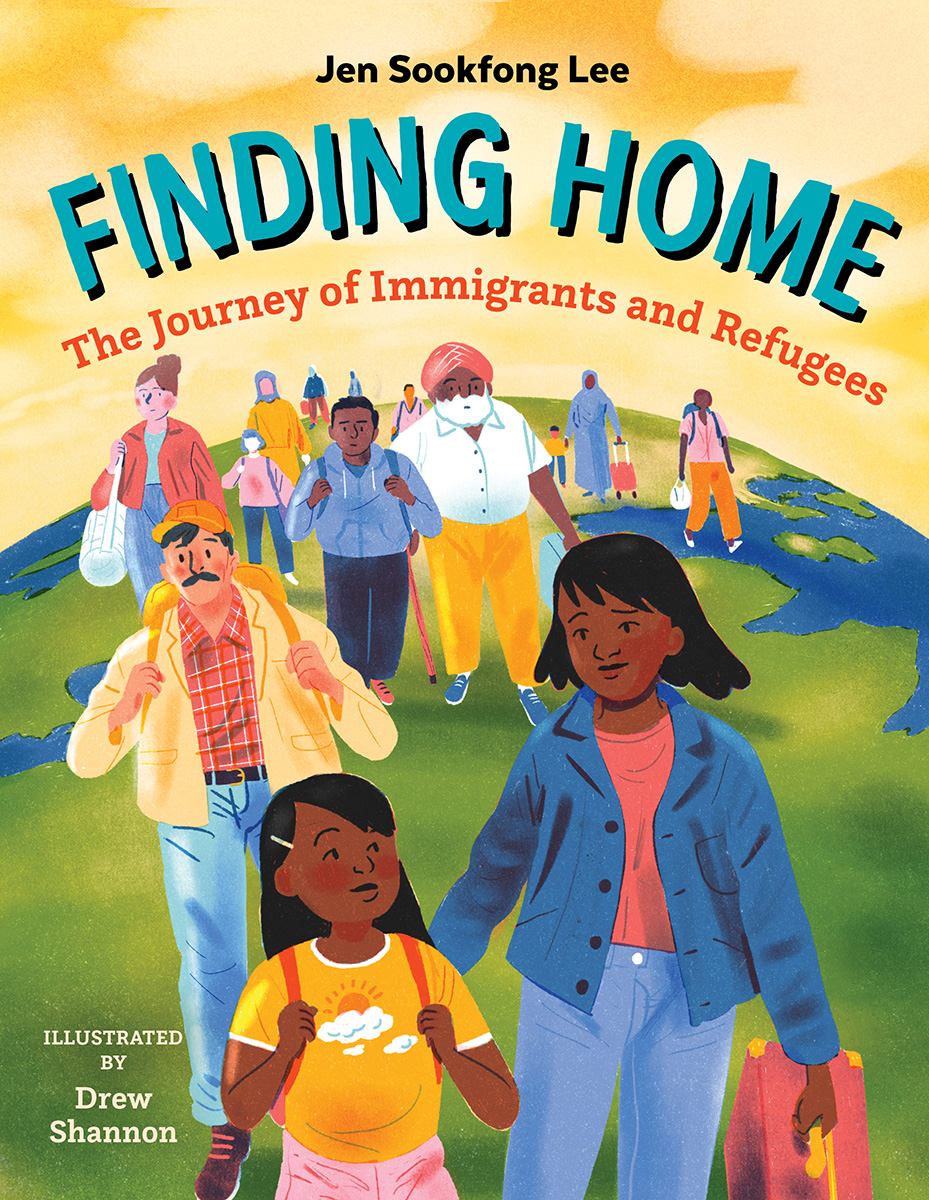I grew up in Vancouver, British Columbia, in a working-class neighborhood on the city’s east side, where my friends and their families were from all over the world. There was Shalesh, whose parents had come from Fiji. There was Nadia, whose grandparents had left Italy after World War II. There was Nadine, whose family were members of the There were the Tran brothers, who came camp in Hong Kong. And then there was Canada from China in 1913, at the age of 17.
Our diverse neighborhood was the direct result of immigration, which is when people move permanently to a country that is not the one they were born in. By the time I was in elementary school, I knew that everyone’s family was different and that their stories-how they came to live in East Vancouver, what they liked to eat, what they believed about religion-were even more diverse. When I visited a friend’s house after school, their parents might be cooking stuffed peppers or curried goat or noodle soup, but, just like my parents, they also supervised homework, tried to get their kids to eat fruits and vegetables, and looked through stacks of bills with worried expressions on their faces. I learned, by watching my friends and their parents, that all of our families were the same at our core. We all wanted to live in a decent house, eat good food and go to good schools, and each parent wanted their children’s lives to be happier and safer than their own.
Immigration has always influenced the way in which I observe, learn and make conclusions with an open mind. When you grow up in a diverse community, everyone’s home seems different because it’s not like your own. In my family’s dining room stood a row of porcelain Buddha figures that my mother kept for good luck. The one I remember best sat on an elaborate green chair, holding two peaches in his hands-symbols for a long life. In my friend Lina’s house, a portrait of Mary, mother of Jesus, hung above the television, a rosary (a beaded Catholic prayer necklace) draped around the top right-hand corner of the picture. And in Mrs. Fox’s house up the street there was a framed hockey jersey on the wall, from her son’s career playing in the National Hockey League. These objects came from different cultures, but they were all important to the families I knew. They were symbols of happiness, security and good health.
Comprehension Questions
1. What is an example of a symbol of happiness, security, and good health that the narrator mentioned?
A. A framed football jersey
B. A rosary
C. A good luck penny
A. Immigration
B. The narrator had lots of friends
C. Everyone had a different religion
Your Thoughts
Vocabulary
4. List any vocabulary words below.

